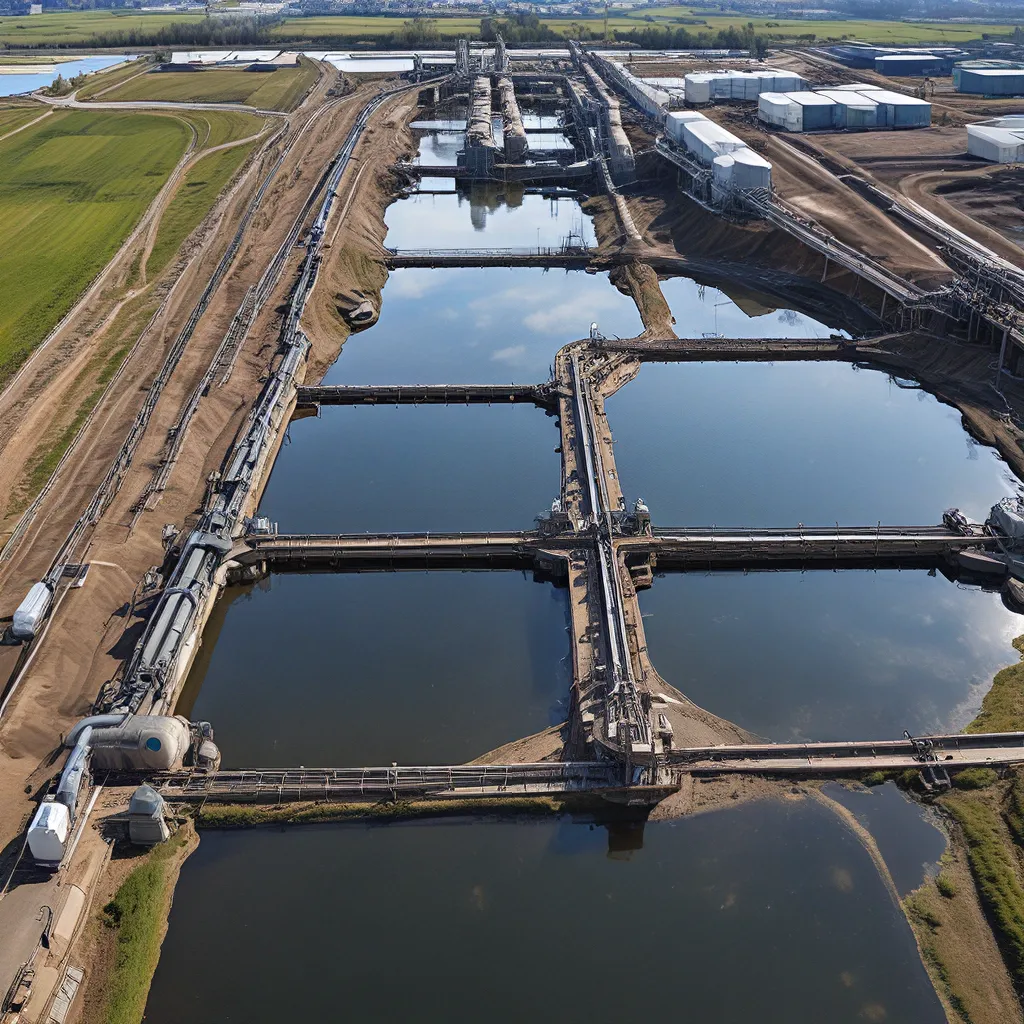
In the ever-evolving landscape of sustainable resource management, the water and wastewater industry is undergoing a transformative journey – one driven by the seamless integration of cutting-edge technologies. At the heart of this revolution lies the pivotal role of Automation Control Systems, which are empowering utilities to enhance efficiency, reduce operational costs, and ensure the responsible stewardship of our precious water resources.
As an industry professional, I’ve had the privilege of witnessing firsthand the remarkable impact that Automation Control is having on the way we manage water and wastewater. From centralized monitoring and real-time optimization to predictive maintenance and AI-driven decision-making, these advanced systems are truly revolutionizing the way we approach this critical sector.
Let me begin by addressing the imperative for Automation in the water and wastewater treatment space. These processes are inherently complex, involving intricate networks of pumps, valves, sensors, and treatment units. Automation Control Systems provide a centralized mechanism to monitor, manage, and optimize these processes in real-time, with the primary objectives being to improve operational efficiency, ensure regulatory compliance, and minimize environmental impact.
At the core of these Automation Control Systems are several key components that work in harmony to drive this transformation. One of the most crucial elements is the Supervisory Control and Data Acquisition (SCADA) system, which serves as the nerve center, collecting and analyzing data from various remote locations. This centralized control allows operators to monitor the entire water and wastewater infrastructure, enabling quick responses to anomalies and optimizing overall performance.
Another essential piece of the puzzle is the Programmable Logic Controller (PLC), which plays a crucial role in automation by executing specific control functions. These programmable controllers are employed to automate processes such as chemical dosing, flow control, and pump operation, ensuring precision and reliability in the treatment process.
The advent of the Internet of Things (IoT) has further revolutionized water management by enabling remote monitoring and control. Sensors and smart devices provide real-time data on water quality, flow rates, and equipment status, facilitating proactive decision-making and enhancing the overall efficiency of the system.
But the true game-changer in this landscape is the integration of Predictive Analytics and Artificial Intelligence (AI) into Automation Control Systems. By analyzing historical data and patterns, these technologies enable utilities to anticipate potential issues, implement predictive maintenance, and reduce downtime – all while enhancing the lifespan of critical infrastructure.
Imagine a scenario where a wastewater treatment plant can predict an impending pump failure before it even occurs. With this foreknowledge, the maintenance team can proactively schedule repairs, minimizing disruptions and ensuring continuous service delivery. This is the power of AI-driven Automation Control in action.
The benefits of this technological revolution in the water and wastewater industry are manifold. Not only does it improve operational efficiency and reduce costs, but it also plays a vital role in the responsible stewardship of our water resources. By optimizing processes, minimizing waste, and enhancing regulatory compliance, these Automation Control Systems are contributing to a more sustainable future for our communities.
As I reflect on the transformative journey of the water and wastewater industry, I can’t help but feel a sense of awe and optimism. The integration of Automation Control, powered by the latest advancements in technology, is truly empowering utilities to make more informed decisions, streamline operations, and ensure the reliable delivery of this essential resource.
But the story doesn’t end here. The evolution of Automation Control in the water and wastewater sector is an ongoing process, with researchers and industry leaders constantly pushing the boundaries of what’s possible. There are exciting developments on the horizon, such as the incorporation of advanced sensor networks and the use of digital twins to optimize treatment processes.
As we look to the future, I’m confident that the synergy between Automation Control and emerging technologies like AI will continue to reshape the way we manage our water resources. By embracing these innovations, we can not only enhance the efficiency and reliability of our systems but also contribute to a more sustainable and resilient water future for generations to come.
So, if you’re a water or wastewater professional, I encourage you to explore the possibilities that Automation Control has to offer. Whether you’re looking to streamline your operations, reduce maintenance costs, or ensure regulatory compliance, the solutions are out there, and they’re waiting to be discovered.
And if you’re a homeowner or community member, I invite you to take a closer look at the work being done in your local wastewater treatment facilities. Chances are, they’re harnessing the power of Automation Control to provide you with a reliable and environmentally responsible water supply. Alpha Wastewater is one such company that’s leading the charge in this space, and they’d be more than happy to share their insights and expertise with you.
So, let’s dive deeper into the world of Automation Control and explore how it’s empowering efficient decision-making and process optimization in the water and wastewater industry. The future is bright, and it’s time to embrace the transformative power of this technology.